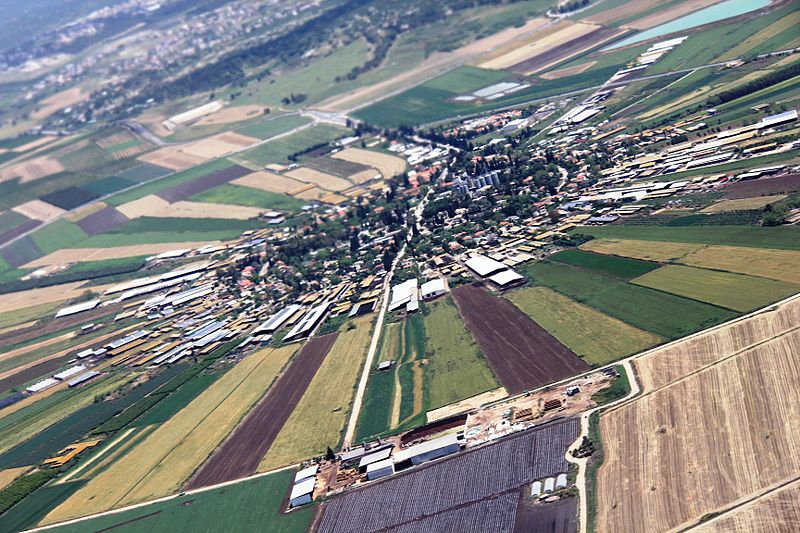
September 11, 1921
Moshav Nahalal, the first moshav ha’ovdim (workers settlement), is founded in the northwest Jezreel Valley about halfway between Haifa and Afula by 80 families who came to the Land of Israel during the Second Aliyah (1904-1914) and who lived and worked in a variety of villages and even some of the earliest kibbutzim.
The initial settlers in Nahalal wish to create a new type of agricultural settlement that blends some of the communal principles of the kibbutz but also allows for private ownership of land. Each founding family receives 25 acres. The founding principles of the moshav at Nahalal:
• A. National land — Land is given to settlers on lease to prevent trade in land.
• B. Independent work — A settler works his farm helped by his family, without pay.
• C. Mutual assistance — Individual assistance is provided when necessary, by physical work or money.
• D. Communal buying and selling — By buying and selling together, farmers are able to direct most of their energies to working their farms rather than marketing their produce or purchasing necessities. This process also prevents competition on prices among the members.
• E. Hebrew language.
Nahala is also known for its layout, designed by architect Richard Kaufman and serving as the model for many other moshavim. The layout is based on circles: Public buildings are in the center, homes in the next circle, and gardens and fields in the outer circle.
In 2021, 100 years after Nahalal’s founding, Israel had 450 such cooperative agricultural villages and communities.
